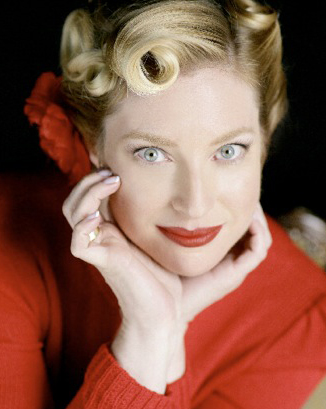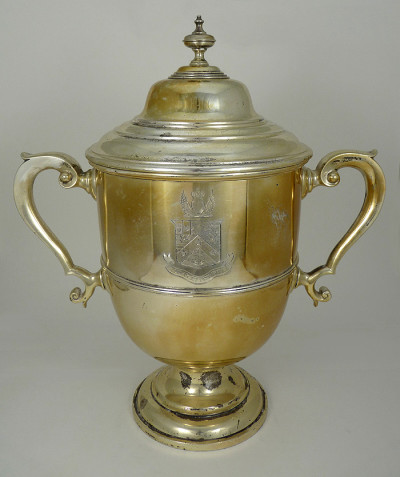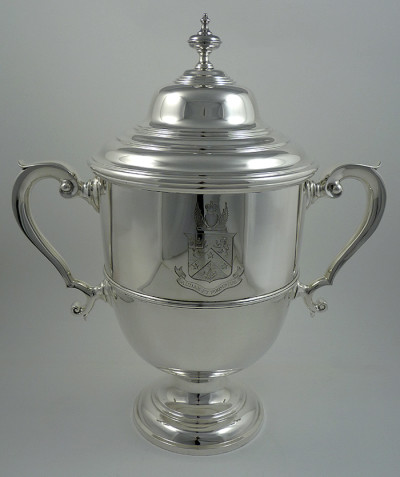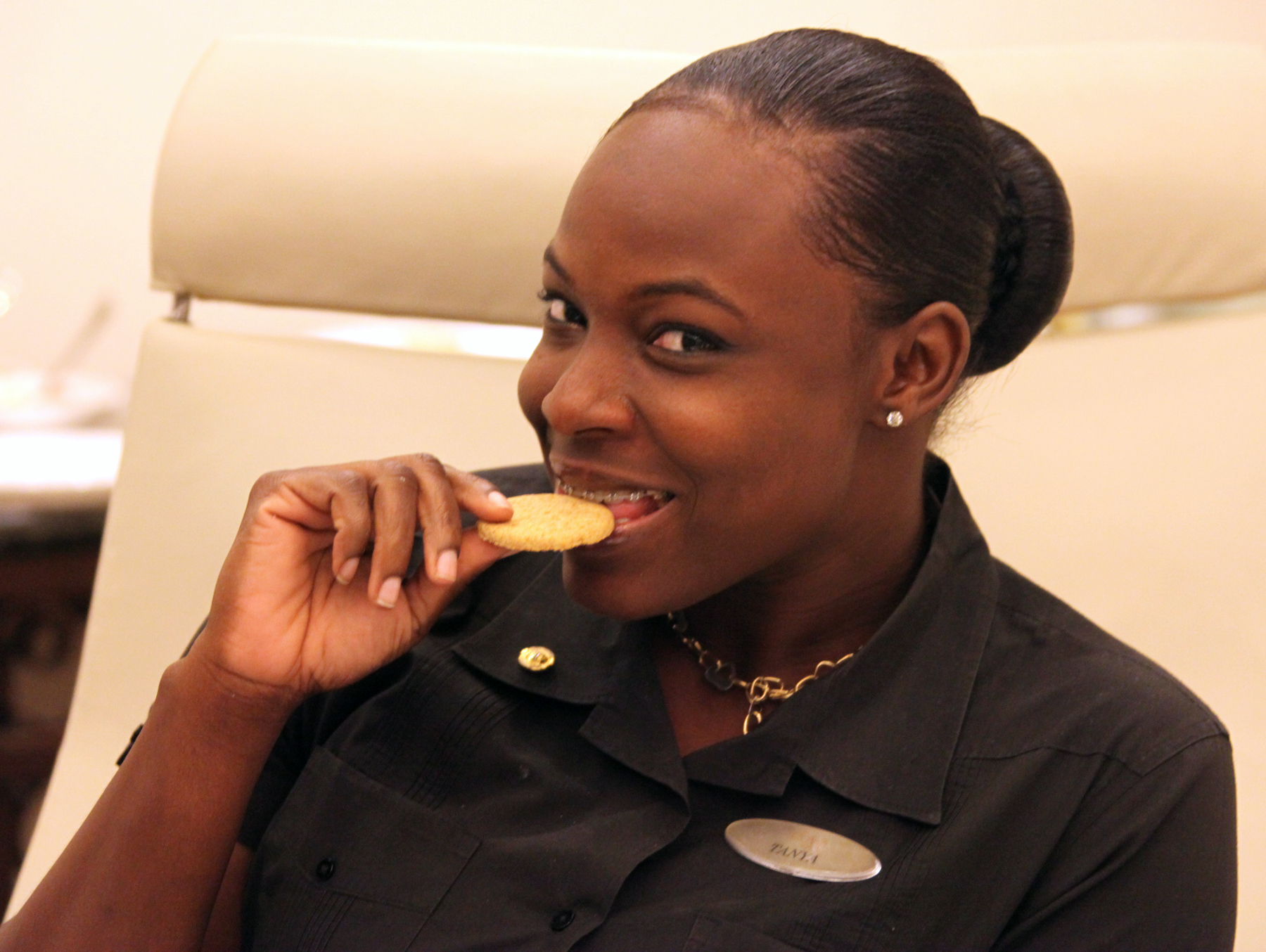
The Modern Butlers’ Journal volume 11, issue 4
International Institute of Modern Butlers
 Message from the Chairman
Message from the Chairman
It seems no year is complete without a butler falling foul of unethical behavior in the employer’s home—such as cases reported in Miami and France over the last two years. This one is from South Africa.
“ANC veteran, Mathews Phosa, is locked in an ugly public wrangle with his former butler, who accuses him [Mr. Phosa] of using theft and fraud charges to ‘silence’ him because he has information that could damage the politician’s reputation.”
The butler, Mr. Venter, had resigned and refused to hand over personal information about the employer that he, the butler, had stored on his personal laptop. “It was not like I was going to sell stories to the media; it wouldn’t have been wise for me to speak badly about my former employer. Little did I know that this would be the start of a never-ending nightmare.”
According to the newspaper, “At the heart of the row are Venter’s claims, reported at the weekend, that he saw Phosa writing a document accusing Mpumalanga Premier David Mabuza of being an apartheid-era spy.” Whereas, Mr. Phosa claimed he had received the report anonymously and had passed it on to authorities as such. So Premier Mabuza is suing Mr. Phosa, and the butler is caught in the middle.
The butler’s view is that “he was not involved in politics and merely wanted to do what was right.” He also reports that he was intimidated by the politician’s head of security, who told him to move to another city and the cases would go away; and apparently arranged for the butler’s car to be shot at—so the butler is now embroiled in two criminal cases against this head of security because “My life is in danger.” For his part, the head of security claims the butler “lives in his own little world where he makes up stuff.”
While employed for ten months by Mr. Phosa, the relationship was warm to start but soured after Mr. Venter asked for compassionate leave to travel to Pretoria to visit his dying father. According to Mr. Venter, Mr. Phosa refused, so the butler decided to resign.
Mr. Phosa reports, however, that “I approved his first request for leave. He came back a week later with another request, and I refused. He [Venter] then resigned and offered to serve out his notice, but then said he must leave immediately—so I fired him,” Phosa said.
High drama for a butler who no doubt signed on for what he imagined to be a discreet and genteel profession.
The solution is to disengage from unethical employers—which this butler did, but he did not appear to do so because of the reported unethical act of the employer, which presumably the butler was willing to live with until he suffered a personal upset with the employer. Only then did he beat the drum about the unethical act of the employer. But, if a correct statement of his position, his flexible level of ethics and apparent dishonesty weaken his position.
And in disengaging, he violated one important rule: either disconnect completely (such as returning the files requested by the former employer); or leave with enough information to guarantee that a) any harm coming to your good person would result in their publication/turning over to the former-employer’s enemies; and b) that you have no interest in using the information, for without it, there is no leverage. Alternatively, find a police authority (if possible) that is senior to and out of the influence of the former employer, and so likely to take action to remedy the unethical behavior (and gathering as much hard evidence as possible before leaving).
Armchair advice is easy to dispense, but the above is a viable game plan for anyone finding themselves in such a tricky situation. For the butler, seeing and hearing all, is bound to see or hear something he would rather he had not seen or heard. While he normally keeps his own counsel, there are times when a higher standard of ethics in the butler than the employer must override the generally correct mantra to stay mum. This is a decision we each make according to our own standards and codes, but the situation can be most harrowing, sometimes leading to rash action or inaction. Hence this blueprint for action may prove useful.

*Dowager: a widow with a title (or property) derived from her late husband.
The acerbic (sharp and forthright) wit of this character, married to the subtle understanding of the workings of the English class system—within which our profession developed over the centuries—helps put in perspective the development of the traditional, conservative and mute butler persona. The Dowager Countess of Grantham mouths astute witticisms (zingers such as the one above), but also frequently provides comments that betray the dismissive view of others held by those who try hard to maintain the illusion of their own superiority in the absence of any actual production and contribution to others: the idle rich, yes, but also the criminal class, and others, no matter their station in life, who try to put down rather than build up. In actual fact, as Downton Abbey-philes know, the Dowager Countess of Grantham character does care about her own family, at least, and is portrayed as basically a kind person, despite being trapped into forwarding the expectations of her too-fast-disappearing milieu (a person’s social environment).
Butlers in the Media
What do overboots for children (boots to wear over regular shoes when in the snow), a restaurant in Australia, and a Carpet, Tile, & Grout Cleaning company in Florida all have in common? They are all called The Butler and represent the latest commercial adoption of our profession to advertise superior standards in their own line of work.
And where else are “Butlers” being employed these days for the same reason? At a dentist in Japan, a photo booth in Australia, the public beach in San Diego, the wilds of Scotland (a forest ranger turned “Picnic Butler”), and a “Personal Shopping and Styling Butler” in Hong Kong.
Along the same lines, what MBJ would be complete without some comment on butler robots? We have Sigourney Weaver to thank for wanting a robot butler after starring in new movie called Chappie alongside a police droid reprogrammed to feel and think like a human. Ms. Weaver is looking for a helpful and thoughtful robot at home. “I’m sure you could program a robot to do all kinds of useful things. I think they’re trying to create a butler robot for people, which would be useful. I’d like a cheerful robot, for company. ‘Would you like a cup of tea?’ That’s the kind of robot I would want…that’s my level; not very destructive but lovable.” Hmmm, anyone feel qualified to apply?
The Chairman was interviewed for an article in this in-flight magazine.
 Letters to the Editor
Letters to the Editor
We recently completed the first phase of butler training at the largest construction project in the Western Hemisphere—BahaMar Resort and Rosewood at BahaMar—an interesting (and a first) mix of several brands sharing the same property. Some of the letters received after we left show that we are achieving our mission, as laid out on the Institute’s home page:
“In this tradition, the Institute is now focused on a new phase that we see as the future need and direction of the industry: pioneering the nurturing of individuals who can bring about a greater zest for, and appreciation of, life, both in the people they serve and in themselves. This means our training includes the mechanical skills of butling—be they orchestrating a party for 200 or the acquiring, manning, and managing of a large estate. But more importantly, drawing on our backgrounds as counselors and teachers, the training brings about an understanding of people, whether employees, vendors, guests, or employers, and how to make them all work together in their different roles to the benefit of all. Life did not come with a manual: we seek to remedy that lack in the specific sphere of providing service to others.”
“The little training I received [he arrived half way through the training] was truly mind-boggling and life changing. I came in with the mindset of ‘I won’t need much training as I’ve been a butler,’ yet I have learned more in ten days than in two years in the field…. I will truly enjoy your return in October.” DB
“I thought I knew everything I needed to know with regard to Butler Service and was so wrong…. I am forever changed.” DW
“I want to express my sincere gratitude and appreciation for all the training and mentoring that I have received over the past three-to-four weeks, which has really transformed my life professionally and personally, sending my life and career path on the up and up.” LH
“The training is so real and true that we have practiced it in our lives and so made us better people, able to deal with different situations that were hard to deal with in the past, and which also will be so useful to apply to our guest for better results. For me personally, I needed this training at this stage of my career, I have waited for it so long and finally I have it, and it is worth it and exceeded my expectations as well as everyone else’s in the team.” MA
“I may have never said this before, but you both have made such a wonderful impact on my life and the opportunities I have embarked upon…I am a butler in all that I do because of you. Thank you!” GB
Soap and Fruit Carvings
We reported earlier on the fruit carvings of one enterprising butler in a boutique, private hotel in Florida, and wanted to share a couple of his fruit carvings:


And here a couple of samples of his soap carvings.

Bear in mind, this butler, whose name is Kobi, did not go to sculpture school or have any outside assistance in making these sculptures, but simply recognized that creativity, driven by caring and directed toward personalization, lie at the heart of superior service. He saw an opportunity with these normally mundane offerings of soap and fruit, that generally are simply presented as nature made them, or cut into smaller pieces (or for soaps, usually in simple, geometric shapes) to create something valuable and noteworthy for the guests. I have seen the same in the Maldives, for instance, where the butlers carve elaborate dhonis (traditional sailing boats) out of coconut shells and fiber for their guests. In fact, we still have some on shelves in our houses in Florida and the Rockies, because the care that went into their creation carries great power.
Kobi offers these pointers for anyone wanting to go down the same road with soap:
“Quite a while ago I bought a large block of special soap that can be melted in the microwave, have color/scent added to it, and be molded back into a soap bar. The good thing about this is that it is soft and very convenient to work with; and secondly, it is perfect to practice carving, as you can simply re-melt it and use it again for a new carving, instead of wasting soap bars when your creation is not up to standards.
For this sculpture of an egret (the white bird), I did use a large chunk of soap, but the bird is not one whole piece: the wings, the beak, and the pedestal were made separately and attached to the body using quite a simple technique that I learned accidentally. Originally, I attempted to use a glue gun to glue the pieces together (as suggested in different references I had read) but the glue wouldn’t stick to the soap directly. What I noticed however, is that when the hot tip of the gun touched the soap, it melted. So I simply began to use the glue gun to melt together the different sections. Simple, effective, and much cleaner than using glue.
It has been quite an interesting journey, I must say. Thank you for your interest in it.”
Let’s Talk about Spirits, Part 14
by Amer Vargas
Kahlúa
“Ola amigos!”
After visiting Mexico a few months ago to enquire about Tequila, today we are back to know a little more about one of the most famous coffee liqueurs: Kahlúa.
First produced in 1936, it was named “Kahlúa,” meaning, “House of the Acolhua people” in the Veracruz Nahuatl language spoken before the Spanish Conquest.

It all starts in the Veracruz state (officially the Free and Sovereign State of Veracruz de Ignacio de la Llave), where an excellent Arabica coffee is grown. To produce Kahlúa, only really ripe coffee cherries are used. Thus, coffee beans are hand-picked and chosen out of their original red husks to ensure full ripeness.
Then, a process of three rinses removes all undesirable debris from the unroasted coffee beans and then they are air-dried in the sun for about 70 hours. Once dry, a husking machine separates the papery white skin left on the coffee bean and sorts the beans by size, before letting them age for at least six months and then roasting the beans.

The roasting process takes between eight and fifteen minutes. Then, the roasted coffee is cooled in a spinning machine that aerates the beans to speed the cooling process. After quality control of the roasted coffee beans, they are taken into big holding tanks to await grinding. Once the right grind is achieved, the coffee is brewed for about an hour and passed through a large filter to ensure no impurities remain. The coffee is then mixed with a sugarcane spirit mix (96.2% alcohol that is diluted with mineral water and caramel and vanilla added). to give the liqueur its strength (20% alcohol) and final aromas.

Eight weeks of sitting allow micro-impurities to fall to the bottom of the liqueur, which are then filtered out and the Kahlúa bottled.
The final product has a deep brown color and offers bittersweet coffee beans and roasted chestnut aromas, together with black coffee and sweet butter flavors.

Kahlúa is one of the main ingredients in many famous cocktails like the Mudslide and the Frozen Mudslide, the B52, the Mind Eraser, and a personal favorite, the White Russian.
Make your choice and… Cheers!
Mr. Vargas is the Institute’s Vice President for Europe and can be contacted via AmerVargas at modernbutlers.com
Of Butlers and Roses, Part 12 of 20
by GJ dePillis
Thorned Roses as Beautiful Security Guards

Roses with thorns are a beautiful way to strengthen perimeters: Curious hikers, amped-up thieves, and cheeky paparazzi will avoid crawling over a fence that also has thorny roses to supplement it, or even a bed of thorny roses without a fence.
In the case of estates with an electric fence, it is recommended that all rose bushes be kept sufficiently clear to avoid a nasty surprise for any gardener taking his metal pruning shears to the fence; he may either electrocute himself; or if the fence be off, damage the fence.
For these reasons, it is advised that you create a rambling rose hedge either just in front or just behind the electric barrier, but always keeping the barrier free from debris and leaving enough room to access both the fence and the rose beds.
Ms. dePillis is a freelance contributor to the Journal who is based on the West Coast of the United States. She can be reached via depillis at gmail.com
Consulting the Silver Expert
by Jeffrey Herman
Lacquers & Renaissance Wax ©
Lacquering silver and silverplate is generally not recommended for a number of reasons:

1. The individual may not properly prepare the object’s surface to accept the lacquer.
2. It’s very difficult to obtain a uniform coating, even when applied by a professional.
3. If the coating is not applied well, it may have streaks and small holes, allowing tarnish to form.
4. Lacquer will eventually yellow and crack, allowing tarnish to form within the fissures and eventually under the protective coating.
Strong solvents must then be used to remove the lacquer and the piece refinished.
 Because of the above issues, Renaissance wax—an archival micro-crystalline product—is recommended. Renaissance will not yellow or crack and will last for years if handled properly. Renaissance wax is not as durable as lacquer, so the object should be handled with heavyweight, natural cotton jersey inspection gloves, as acid from fingers may eventually remove it.
Because of the above issues, Renaissance wax—an archival micro-crystalline product—is recommended. Renaissance will not yellow or crack and will last for years if handled properly. Renaissance wax is not as durable as lacquer, so the object should be handled with heavyweight, natural cotton jersey inspection gloves, as acid from fingers may eventually remove it.
Since dust can be acidic and eventually wear through the wax, placing your silver in a closed display will help insure that particulate will not fall on the object’s surface. Whether inside or outside a display case, gently wipe the object with a Selvyt cloth or soft cotton cloth every few months. This will keep the wax or silver polish with tarnish protectant from breaking down prematurely.

Renaissance wax should not be used on flatware or other objects that will be used to eat from. When applying Renaissance, do so in small areas at a time (no larger than a 3” square). Buff with a soft cotton cloth, cotton ball, or makeup pad immediately. Overlap each area to insure the entire surface is coated. For more information and photographs, click here.
Jeffrey Herman, ASAS, FIPG
Mr. Herman continues to offer his services to our readers for any questions you may have about the care of silver. Either call him at (800) 339-0417 (USA) or email jeff at hermansilver.com
The Institute is dedicated to raising service standards by broadly disseminating the mindset and skills of that time-honored, quintessential service provider, the British Butler, adapted to the needs of modern employers and guests in staffed homes, luxury hotels, resort, spas, retirement communities, jets, yachts, & cruise ships around the world.














